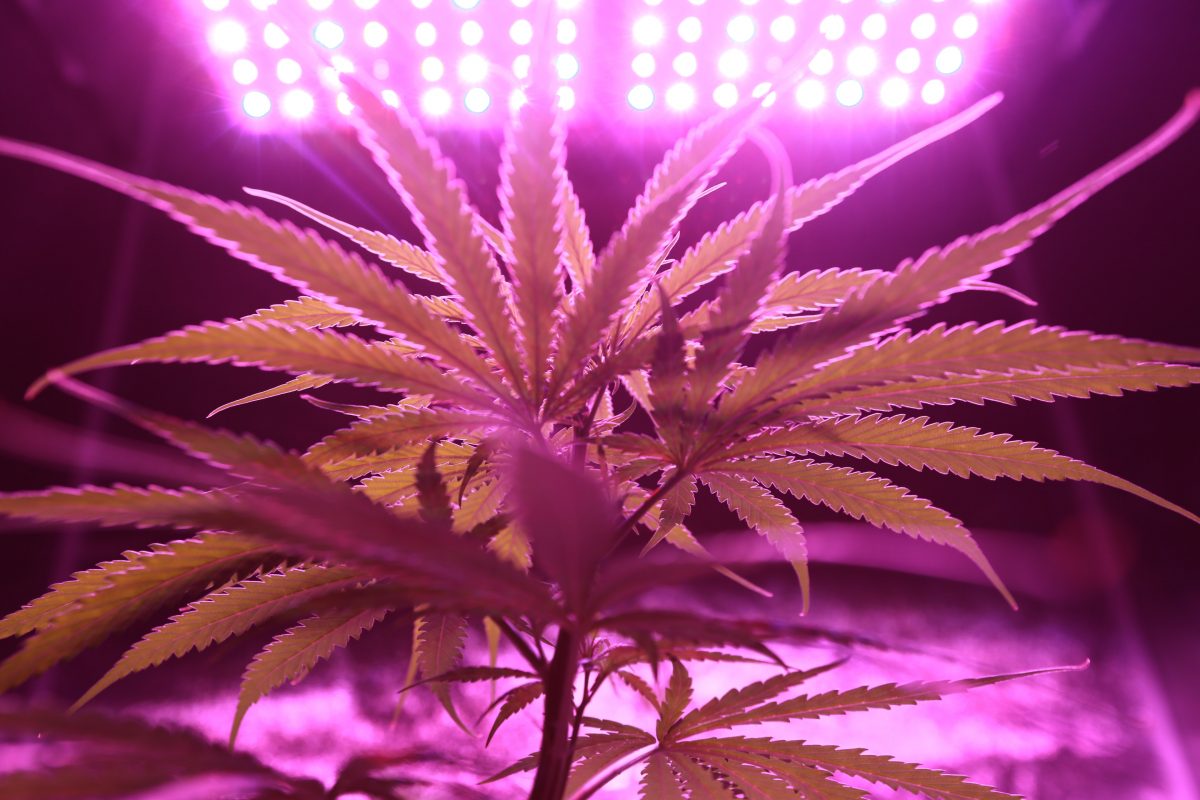Stay Educated by Kushfly
Let’s Break Down The Cannabis Plant
We all know and love cannabis buds, but where exactly do they come from? How exactly does the cannabis plant work? In this article, we are going to break down the cannabis plant in all its glory. Read on to learn about all the parts that make up this wonderful plant!
Seeds
Like most flowers, cannabis is an annual plant. This means that you plant seeds, they flower, and by the end of the season they die. The next year in order to grown a new plant, new seeds must be planted. Marijuana is also a dioecious plant, meaning they have separate male and female parts. Only the female plants produce buds, so they are the more sought after cannabis plant.
Flowers
Female flowers have a teardrop shape before they open. Male flowers look like tiny green or yellow bananas. As stated above, the male plants are not rich in THC or CBD, so they have very little use to humans.
The ‘flowers’ of the female cannabis plants produce that marijuana bud they so many people love. When people refer to ‘buds’ they are actually referring to the female cannabis flower, also called the calyx. If a female plant is not fertilized, within the calyx there will be many trichomes.
Trichomes
Trichomes are glands that secrete cannabinoids and terpenes. An unfertilized female plant is the most potent in THC and CBD, as well as terpenes.
Trichomes are beautiful and resemble tiny snowflakes that provide a crystal coating on the calyx. These tiny crystals contain tons of cannabanoids. Although most people are only familiar with THC and CBD, there are hundreds of more cannabanoids within the plant. Trichomes also produce and secrete terpenes.
Terpenes
The aromatic oils that give off the unique cannabis smell and flavor are called terpenes. Terpenes work together with cannabanoids within the plant. Each has its own benefits. The result of these two components working together is what causes the ‘high’ effect of cannabis.
Cannabinoids
The two most commonly known cannabanoids are THC and CBD, although there are hundreds. THC is what causes the user to become high, while CBD doesn’t create any psychoactive effects, but rather promotes benefits like pain relief.
A few other cannabinoids that are present include cannabigerol (CBG), cannabinol (CBN), and cannabichromene (CBC). All of the cannabinoids work together to create unique strains that affect users.
Pistils and Stamen
The little hairs that grown out of the calyx are called pistils. They start out white, but as the plant matures, they can turn orange, red, and brown. They also bend in different directions to search for pollen from the male plant to use to fertilize the female plant. There are no trichomes in pistils, so they don’t contain any cannabanoids or terpenes.
It is important to note, pistils are exclusive to the female plants. Male plants have a stamen that produces pollen sacs that then pollenate the pistils of the female plants. The stamen contains sacs of green and yellow pollen. Sometimes you may come across a hermaphrodite plant, which is a female plant that also contains these pollen sacs. If you do find an intersex plant, it’s important to remove it. Otherwise, you risk the rest of the weed becoming seeded.
Stem
Like other plants, the stem of the cannabis plant supports both its flowers and leaves. Within the stem is vascular tissues that carry water and nutrients throughout the plant. Nodes are the thicker areas of the stem where the leaves will eventually come out. The primary job of the stem is to provide water and nutrients to the rest of the plant. The cola is found at the tip of the stem, and this is where flowers will grow out of. This is unique to the female cannabis plant only.
Leaves
The first leaves to grow along a cannabis stem only contain a single leaflet, complete with the distinctive serrated edge and pointy tip that maybe of us know.
Further along the stem, the leaves will grow with more leaflets in pairs. Sativa strains often contain more leaves, and cannabis plants can have up to nine leaflets on each leaf.
Sativa leaves have a more long, straight, and slender look. Each plant can contain up to 13 light green fingers. On the contrary, indica leaves are broad and shorter in length. They usually have only 7-10 fingers.
Roots
Although we can’t see them, the roots play a very important role in the cannabis plant’s life. They are the vascular system of the plant. They continuously draw in nutrients from the soil to feed the plant.
Understanding the cannabis plant’s anatomy is the first step in becoming a cannabis connoisseur. It’s important to know where your bud came from and how they are made, in order to fully enjoy the gift of cannabis.
If you are in LA and would like to purchase marijuana flower, CBD, edibles, or concentrates for delivery, register with Kushfly here. Check out our DEALS! And ask us how you can get FREE delivery!

